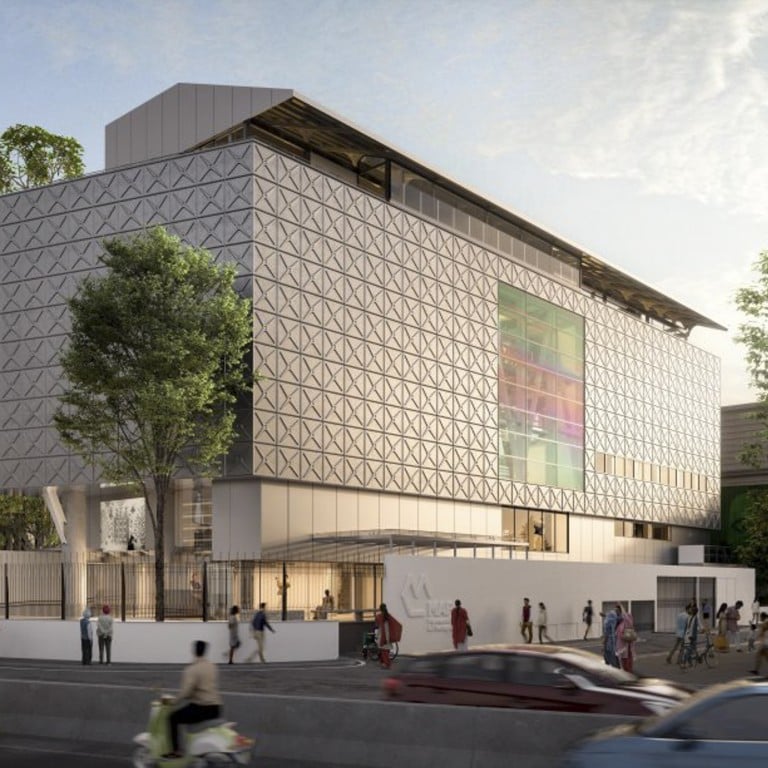
Museum of Art and Photography in Bangalore, India, opening soon, will tell the story of Indian art in an entertaining way, founder says
- The Museum of Art and Photography, already operating online, will open in December to show some of it 60,000 pieces of modern and historical art and photography
- The non-profit in ‘India’s Silicon Valley’ is the first major private art museum in South India and aims to educate a nation in which art is grossly underfunded
Bangalore’s new Museum of Art and Photography is far more eclectic than it sounds.
As its founder Abhishek Poddar explains, the non-profit private museum that will open on December 11 has six categories in its collection, including textiles and design.
“It could have been the Museum of Art and Design, or the Museum of Art and Textiles. But you can do a lot more with [the acronym] MAP than MAD or MAT,” says the Indian businessman, who runs an 80-year-old family tea business and a chemicals and explosives company.
The simple, practical, 44,000 sq ft (4,100 square metre) building that houses the museum is in the “museum quarter” of Bangalore, just outside Cubbon Park, a historic green space in the heart of the southern Indian metropolis.
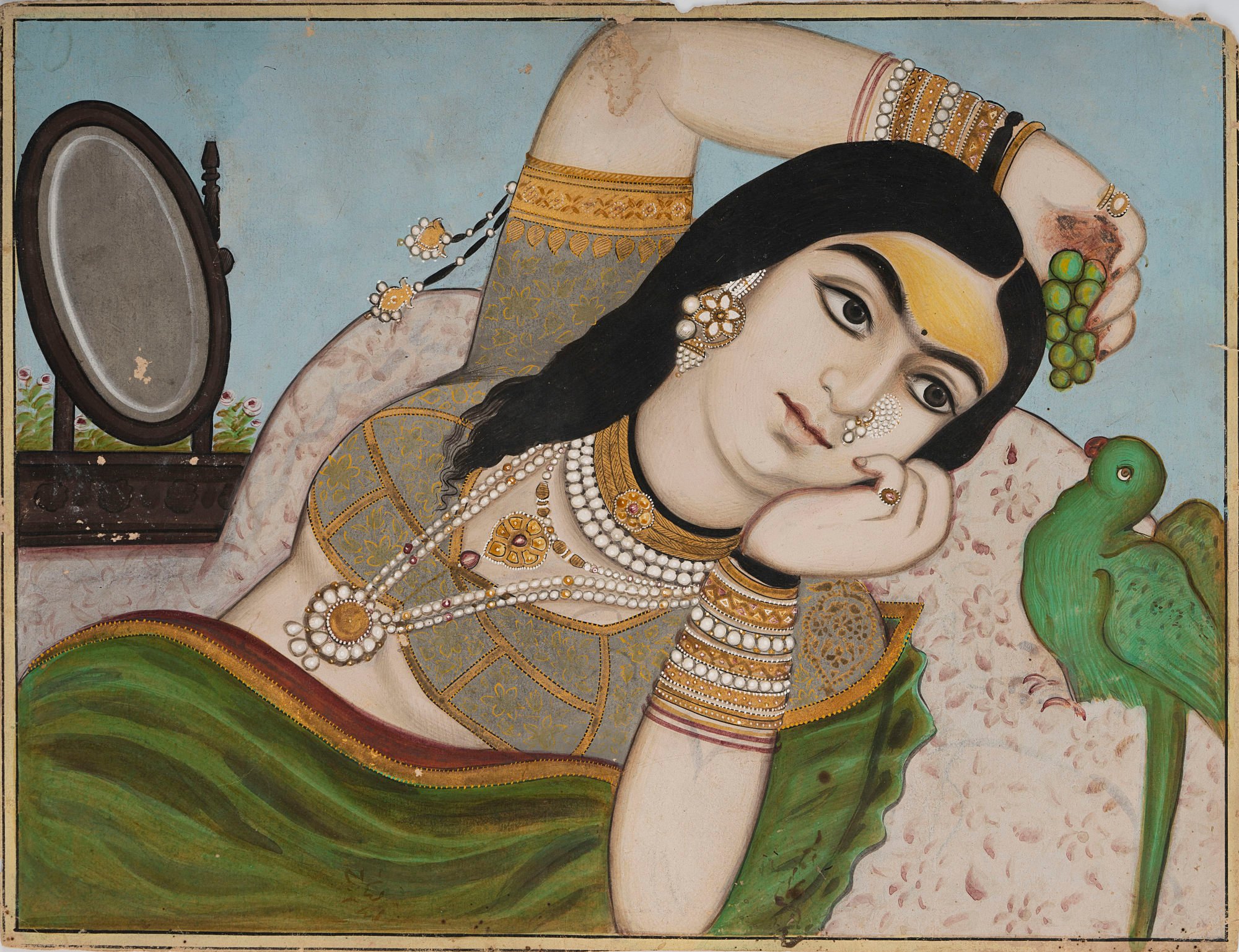
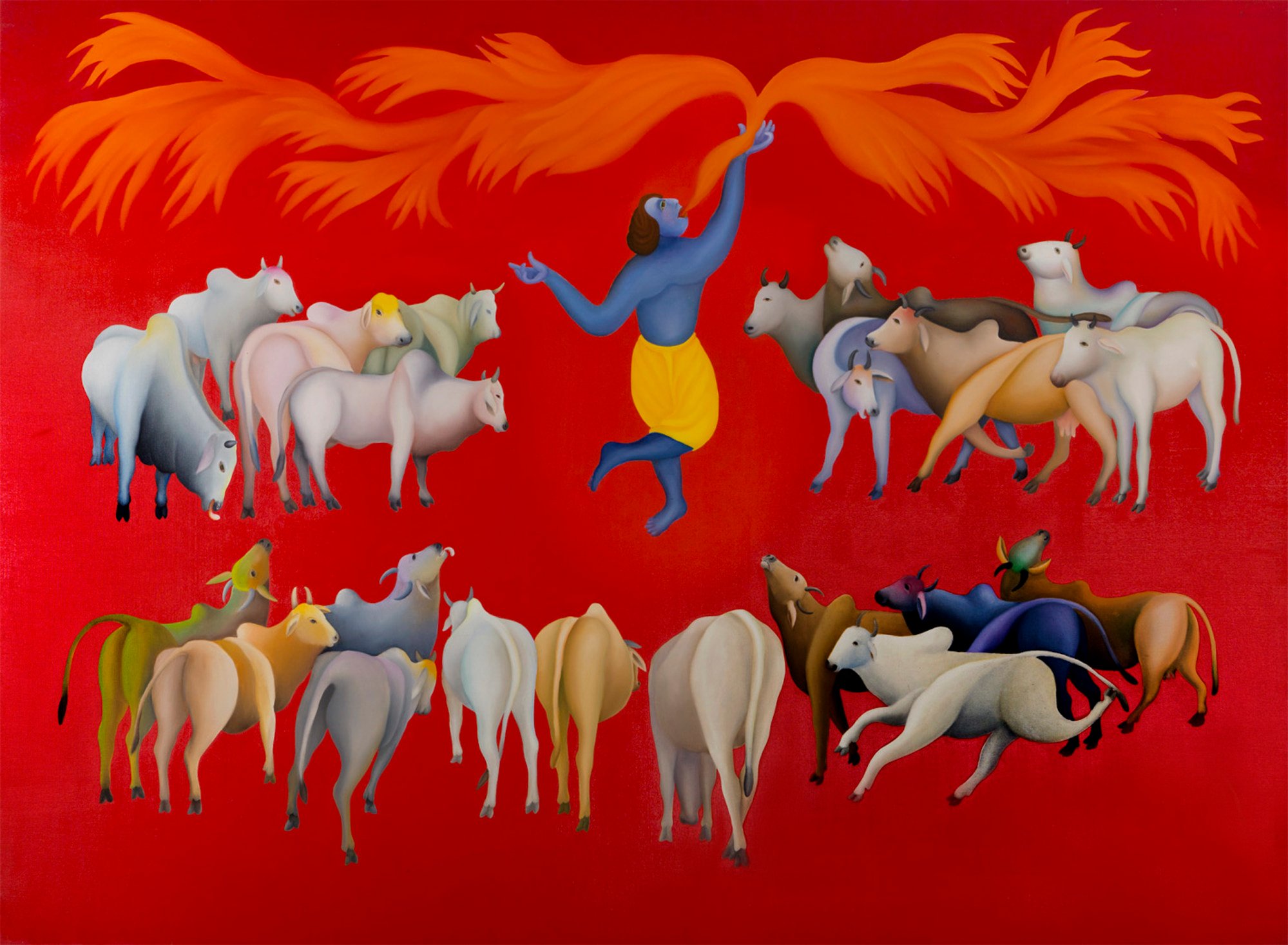
Kolkata-born Poddar has lived in Bangalore – which is the centre of the country’s hi-tech industry – since 1990, and he believes that “India’s Silicon Valley” is better suited than major cities up north for his radical ideas.
“The museum will have a bigger impact in a place where there are not fixed ideas of doing things,” he says.
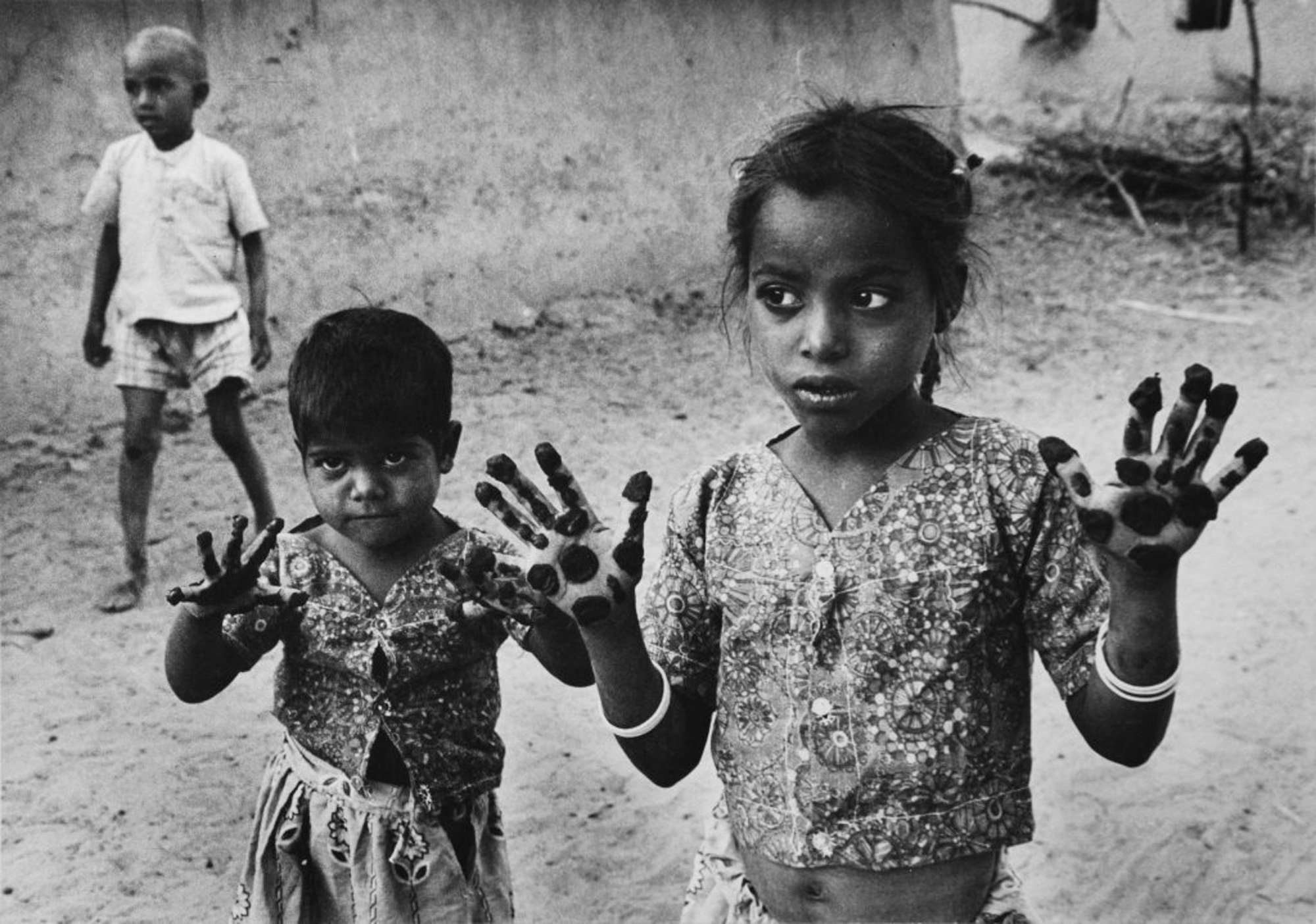
It isn’t just the first new Indian private art museum to open in a decade. It is also the first major private art museum in South India, the huge area in the country’s south that contains around 20 per cent of its area and population.
The museum will have four large galleries, a 130-seat auditorium, a large public library with materials on Indian art and culture, a conservation laboratory and a cafe and rooftop restaurant.
As a country, what India spends on art and heritage is only 10 per cent more than the budget of the New York Metropolitan Museum.
Its digital presence has been building up since 2020. Apart from an extensive online catalogue and curated online exhibitions, one of the museum’s most ambitious projects was the April 2022 launch of a free online encyclopaedia of South Asian art.
Operated by the MAP Academy – the museum’s research arm – it has over 2,000 initial entries in English related to 10,000 years of art history. The peer-reviewed entries are written by Indian and international experts, and are supplemented by online courses and blogs.
MAP, which is run by an independent foundation, has no acquisition budget of its own.
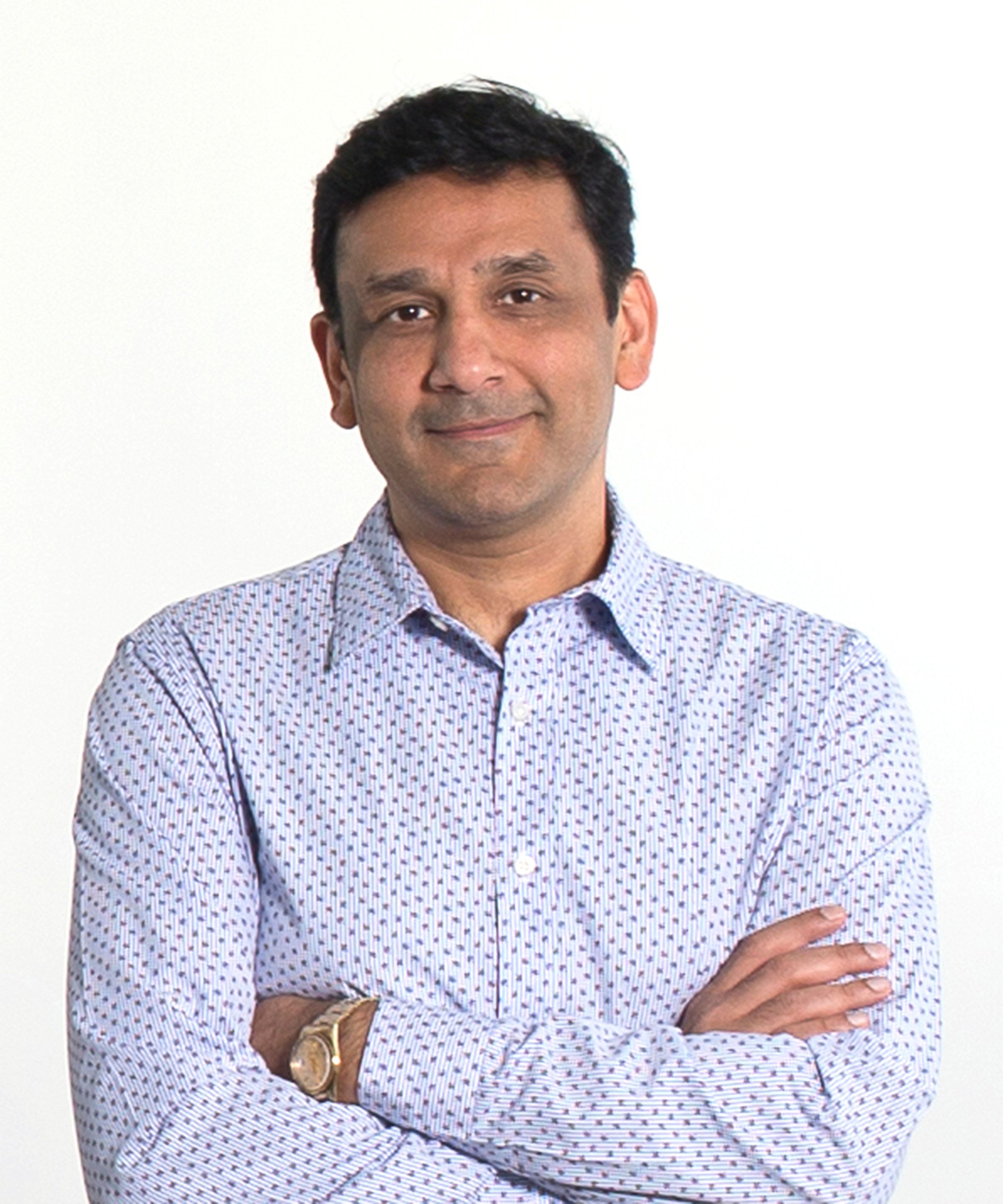
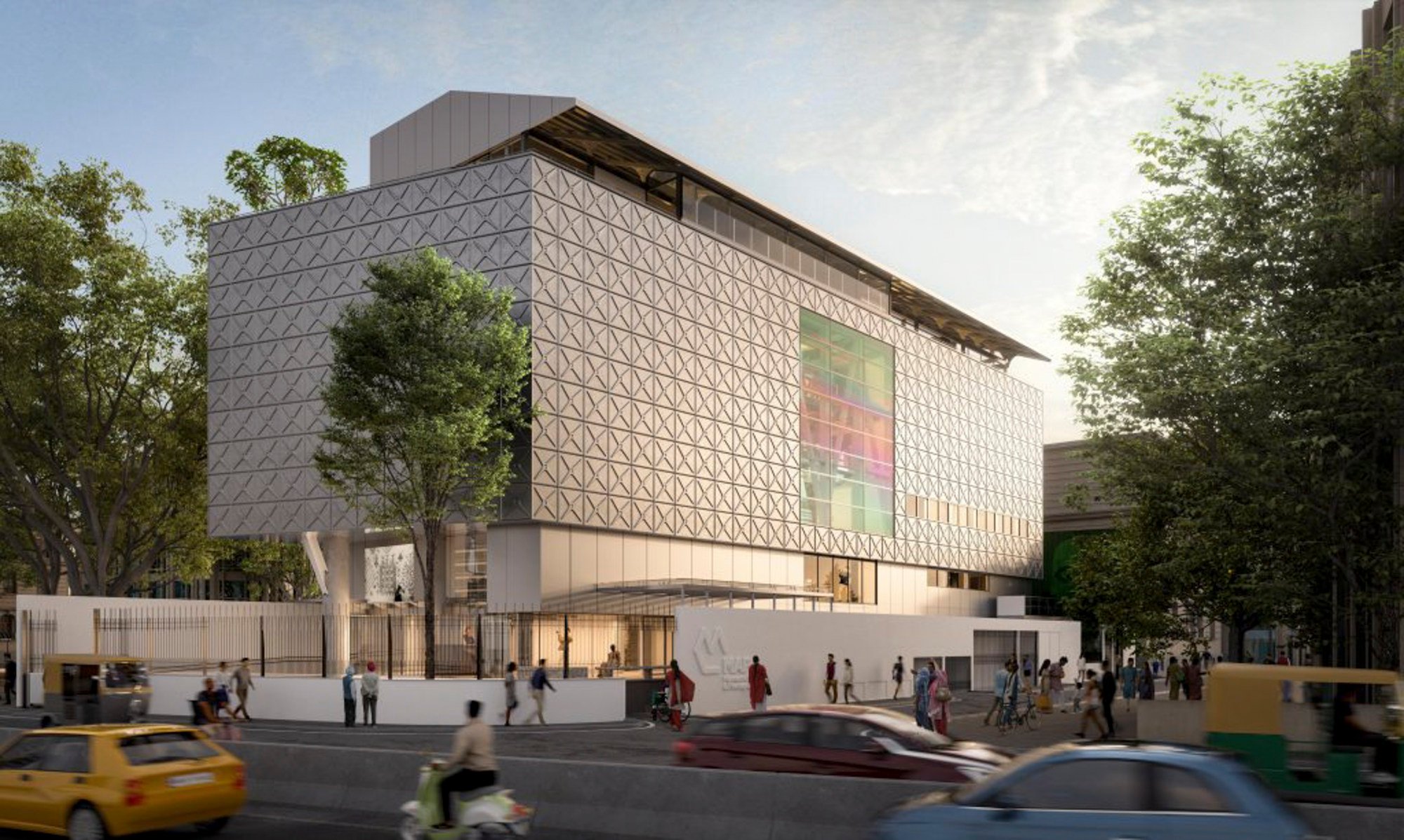
Born in 1968, Poddar was encouraged at an early age by his collector father, Bimal, to develop his own taste in art. He was sent to The Doon School, an all-boys boarding school in the foothills of the Himalayas often described as “India’s Eton”, where he started interviewing artists for a school magazine and began to spend his allowance on art.
In 2006 he started Tasveer, India’s first dedicated photography gallery, which represented artists such as Jyoti Bhatt – who documented subjects in rural India – and fashion photographer Ram Shergill. Tasveer closed in 2016 when preparations for the museum began, in order to avoid any conflict of interest.
He says his varied interests are “unsegregated”.
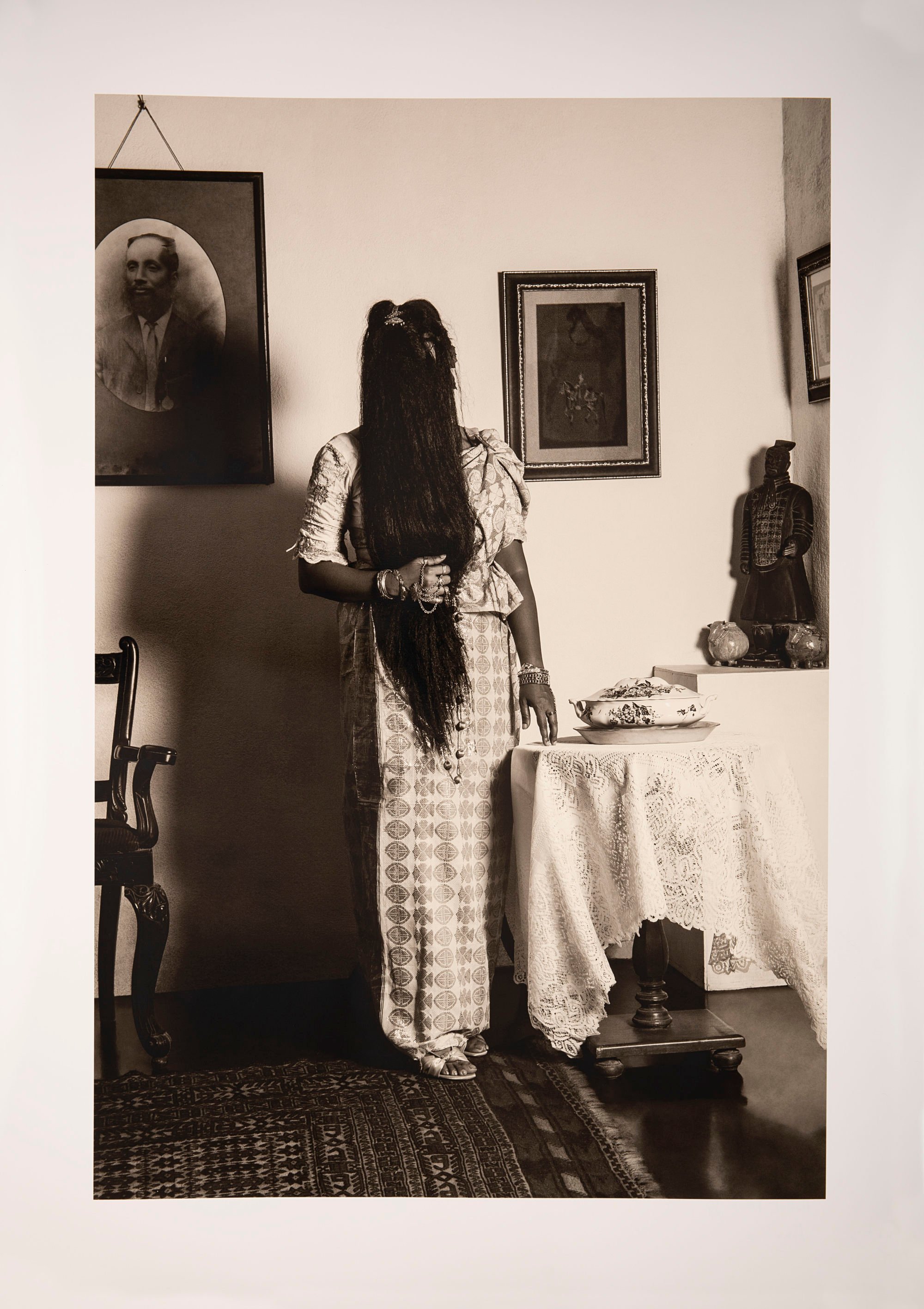
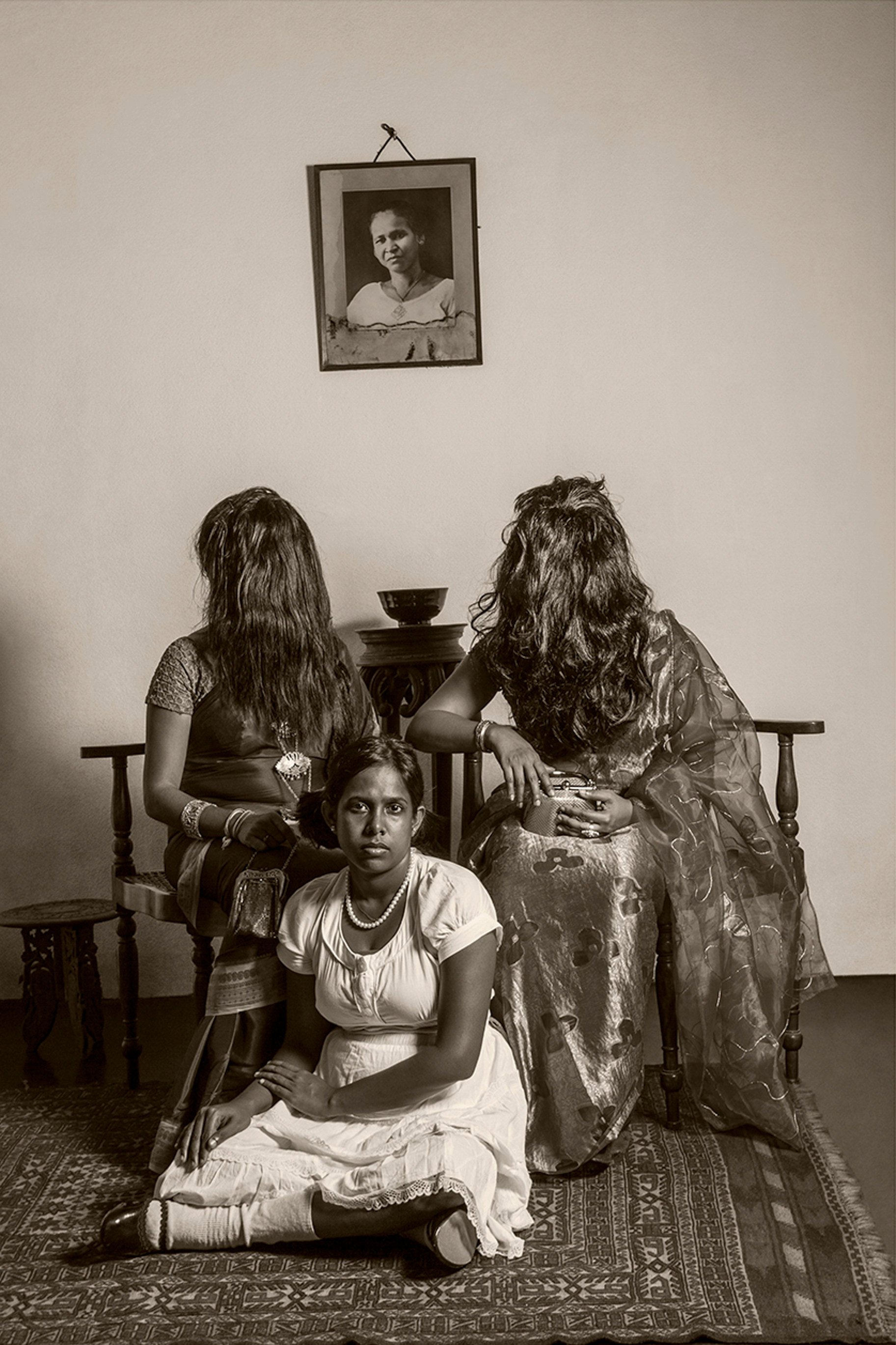
“How do you put filters for the eyes to just look at modern and contemporary art and not design? Do the same pair of eyes not have the same idea of beauty for different things?”
The new museum’s collection includes works by some of the biggest names in Indian modern art, such as Raja Ravi Varma, a trailblazer born in 1848 who painted Indian subjects with Western oil paint; and Jamini Roy, who looked to Bengali folk traditions for inspiration.
But its mission is not just to showcase well known (and valuable) art. In fact, in 2016 the Poddars sold a number of works by artists associated with the Progressive Artists’ Group – a famous group of modern artists formed in Bombay (modern-day Mumbai) in 1947 – to raise around US$5 million (HK$40 million) to fund the museum.
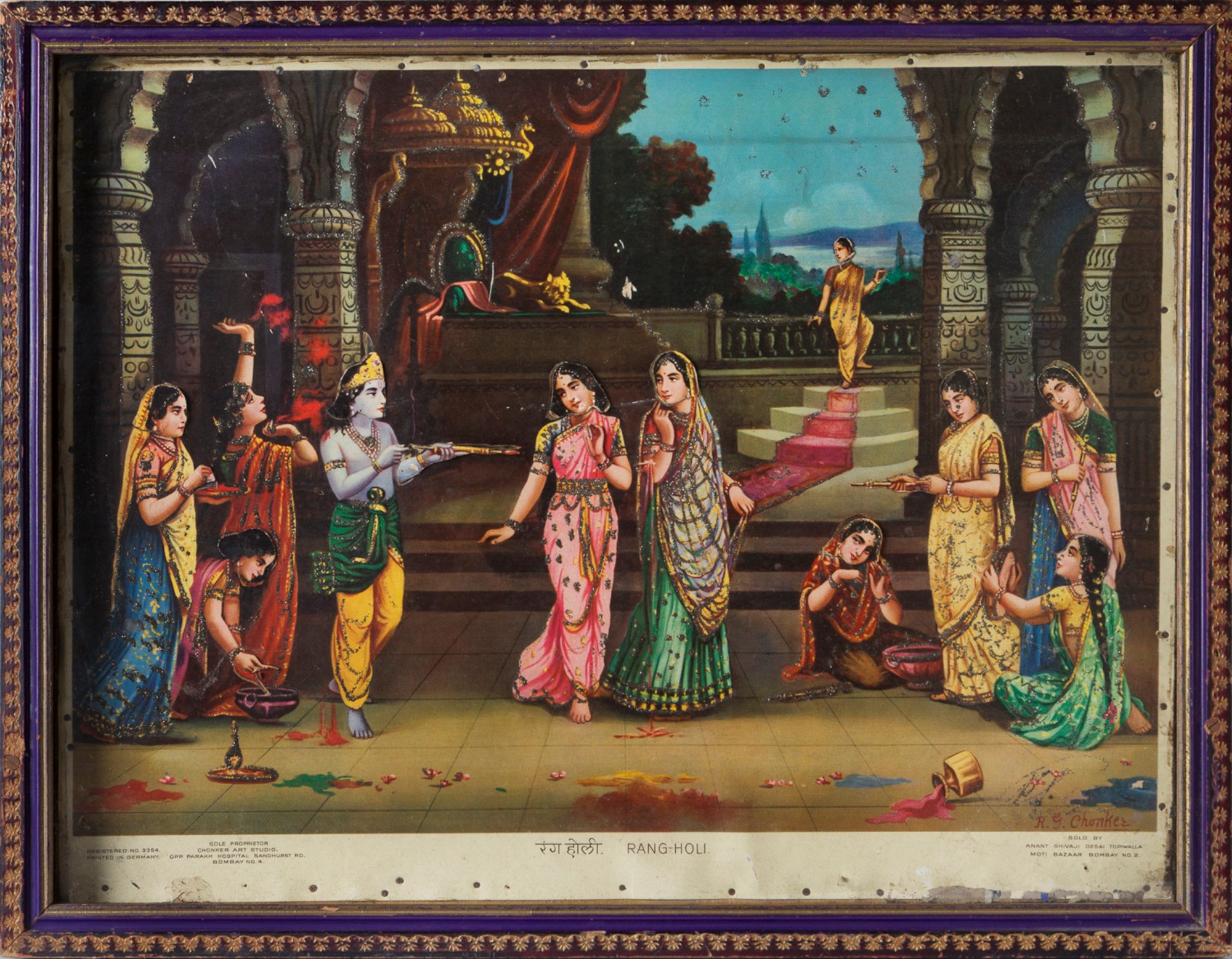
Instead, Poddar says it is the museum’s mission to tell diverse, untold stories about Indian art, and to tell them in an entertaining way. Technology plays a big part, he says, and the museum will invite guest curators from around the world to organise exhibitions there by tapping into the vast collection.
As for why he feels the need to build a museum, Poddar explains that there is a general lack of art education in Indian schools, and many public museums are woefully underfunded.
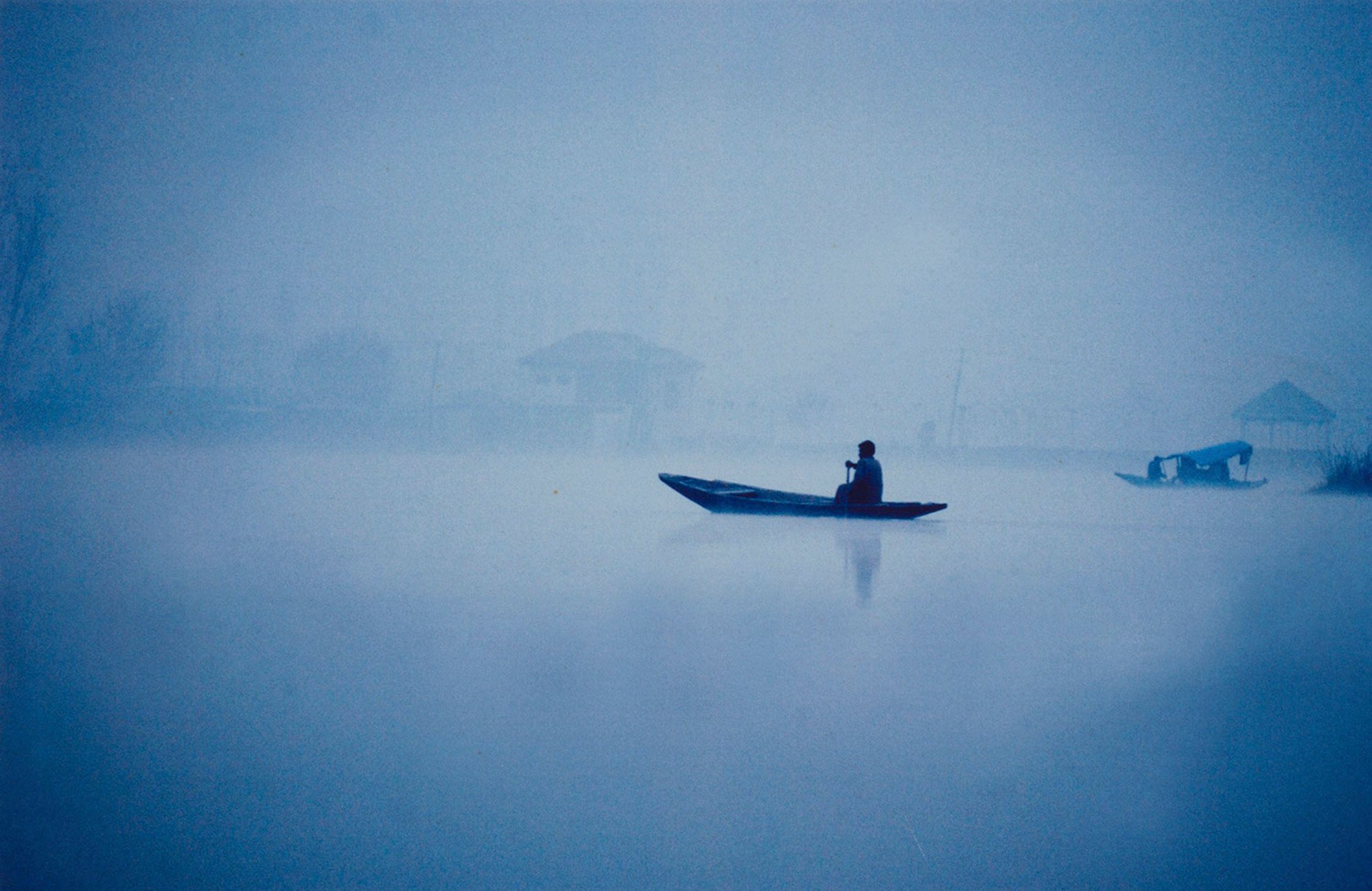
Museum of Art and Photography, Kasturba Road, Bangalore, India. Public opening on December 11.

